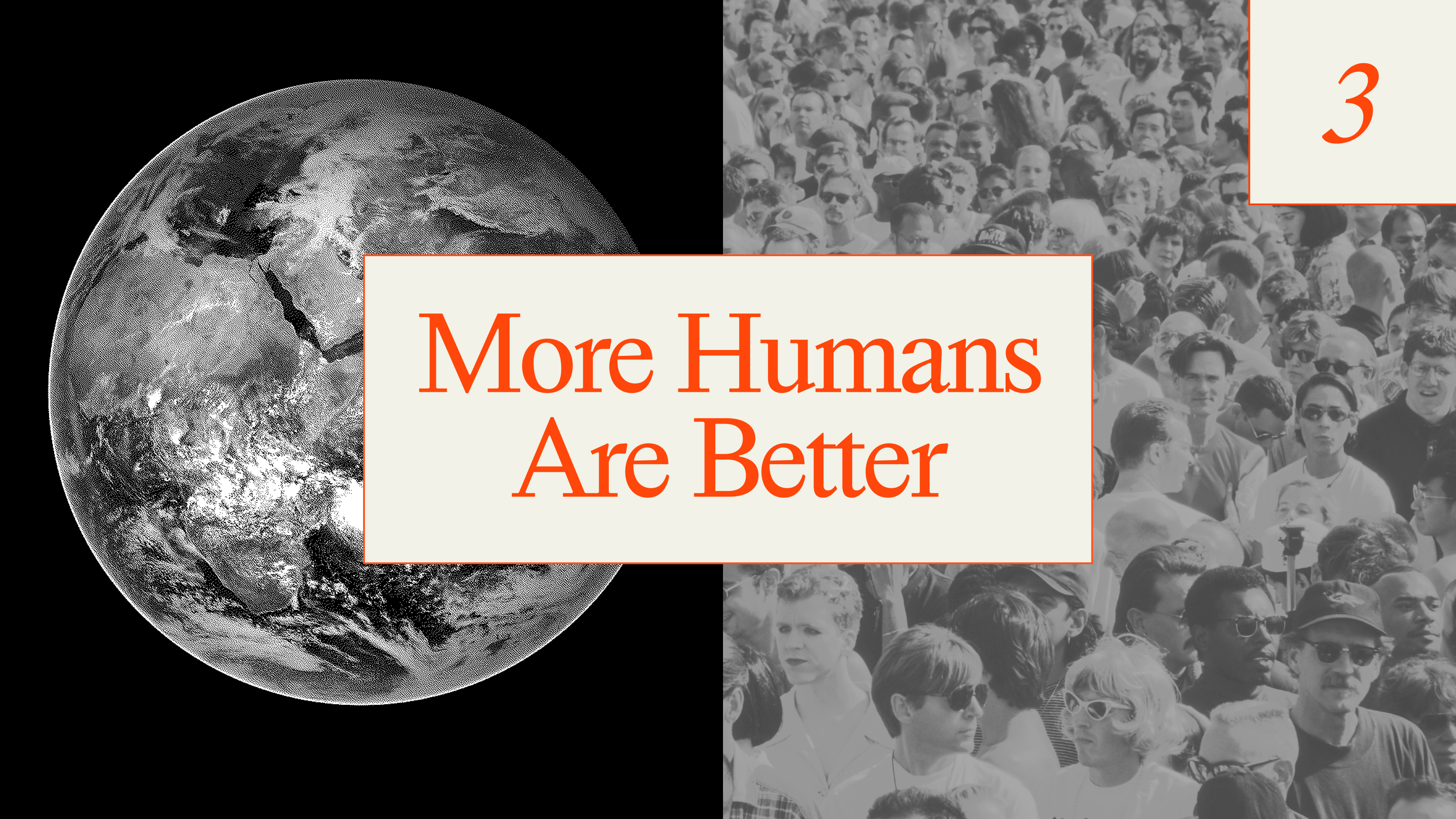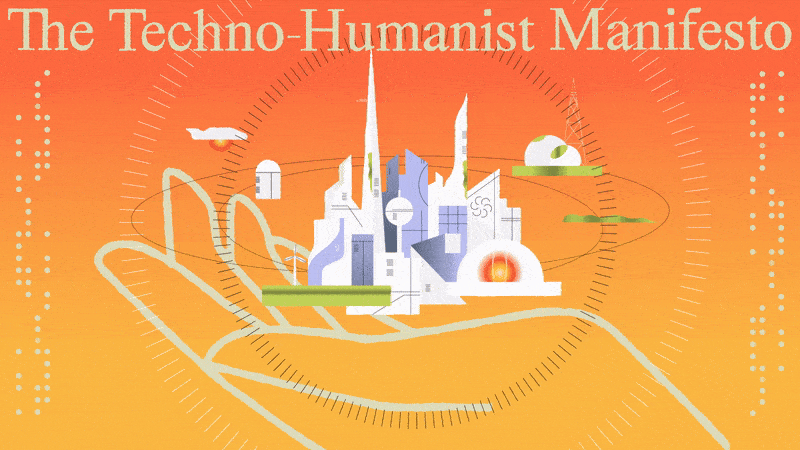Slavoj Žižek takes us through some of the concepts presented in his newest book, “Event.” The philosopher and social critic explains what events are, how they necessarily create their own causes, and why they explain the 21st century fear of falling in love.
Slavoj Žižek: What’s an event. It’s a difficult question not because we lack definitions but because there are too many definitions. In my book I focus on event in the sense of something extraordinary takes place. But with all this wide span of what we call an event I think an elementary structure can be described in formal terms. Within a certain field of phenomena where things go on the normal flow of things, from time to time something happens which as it were retroactively changes the rules of what is possible in the sense that something happens. It is generated by that situation. Of course it’s causally produced by that situation but in a way it changes interactively the whole situation. It’s a miracle in the sense of the event would have been an effect which is stronger than its own costs. For example, now come a couple of examples that I hope you will all like.
rnIn literature why is Kafka, Franz Kafka, the one that we all know and love an event? Of course he has predecessors. We can say that Kafka implicitly or explicitly relied on a whole series of other artists like Edgar Allan Poe, Dostoevsky, William Blake and so on. But it’s not as simple as that because when you try to isolate in those earlier orders what makes them predecessors of Kafka, you can see that that dimension, Kafka, before Kafka, is perceptive and only once Kafka is already here. Or as Borges the Argentinian writer, as he put it in a wonderful concise way, truly all authors, writers have predecessors. A truly great writer in a way creates his own past, his own predecessors so that yes, there are people who influenced him but you can see this influence only once he is here. And now let me jump to a totally different domain. Love. Love in the good old fashioned sense which is today more and more rare. Love is an encounter. This is why in English and also in some other languages, not all like French, you use the term fall. We fall in love. This is the event that I mentioned. In what sense? Let’s say you lead a happy life. You are lucky. You have a job. You meet regularly with friends.
rnYou are not in love, you just make one night stands maybe here and there. You meet every evening with friends. You drink. You go to blah, blah. Then all of a sudden in a totally contingent way let’s say you stumble on the street, somebody helps you to stand up. It’s a young girl or boy blah, blah. And, of course, it’s the love of your life. A totally contingent encounter but the result can be that your whole life changes. Nothing is the same as they say. You even spontaneously perceive your entire past life as leading towards this unique moment, you know, the illusion of love is oh my God, I was waiting all my life for you. This – something like this would have been the love event. And I think it’s getting more and more rare today. Many intelligent cultural critics notice how we are almost returning to preromantic, premodern times when marriage or love connections were a matter of relatives, counselors and so on. Your uncle, your aunt, they selected whom you will marry and so on. Today it’s similar only instead of all those old wise uncles and so on its dating agencies marriage agencies and so on and so on.
rnWhat they offer us is precisely love without the fall, without falling in love, without this totally unpredictable dramatic encounter. And that’s what I find very sad. I think that today we are simply more and more afraid of this event or encounters. You encounter something which is totally contingent but the result of it if you accept it as an event is that your entire life changes. It’s a different story. This is why I think that this avoiding falling in love is the same phenomenon as a standard joke that I use in all my, almost all my books, you know. How we want today to think without the bet aspect of it, without the price we have to pay for it. We want – I don’t know, we want sugar without calories so we have sweeteners. We want beer without alcohol. We want – and so on and so on. And I claim it’s the same thing in sexuality. We want brief safe sex sexual encounters without the fall, without this fatal attachment. And I think this is the most sad thing here that even what is slowly emerging is maybe deeper dominant ideology today. What I ironically refer to as Western Buddhism. Life is just a play of appearances. Don’t take it too seriously. Maintain a proper distance. Don’t get too attached to worldly objects. It fits perfectly this superficial consumerist attitude. So again events are rare. An event is a dramatic encounter which to put it in more learned philosophical terms retroactively creates its own causes.
rnDirected / Produced by Jonathan Fowler, Elizabeth Rodd, and Dillon Fitton






